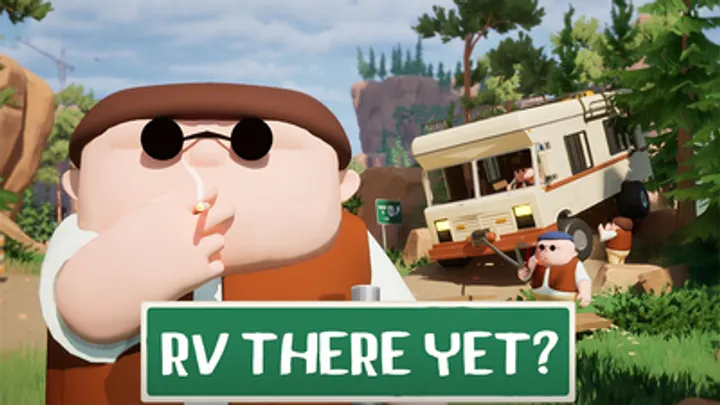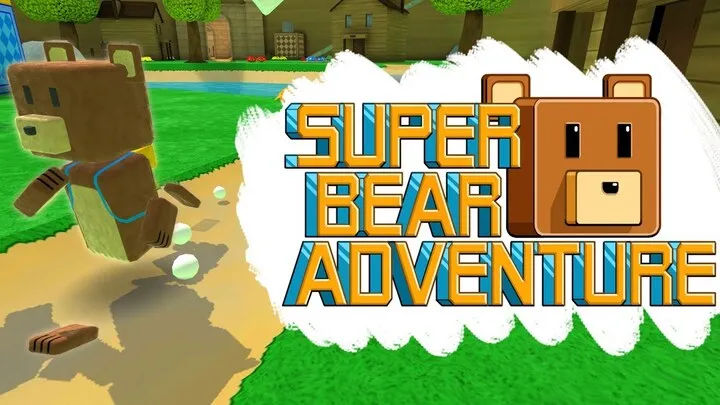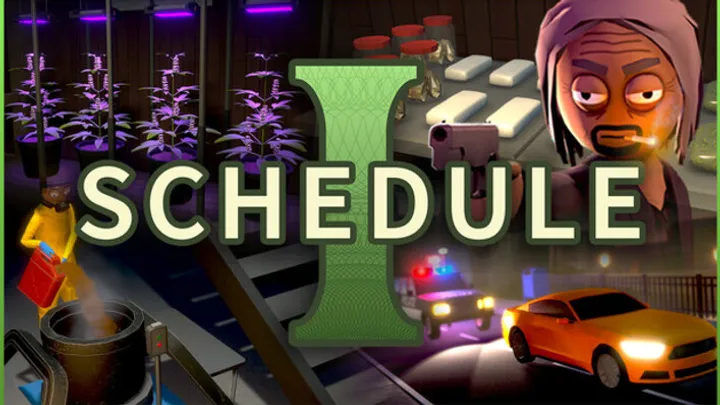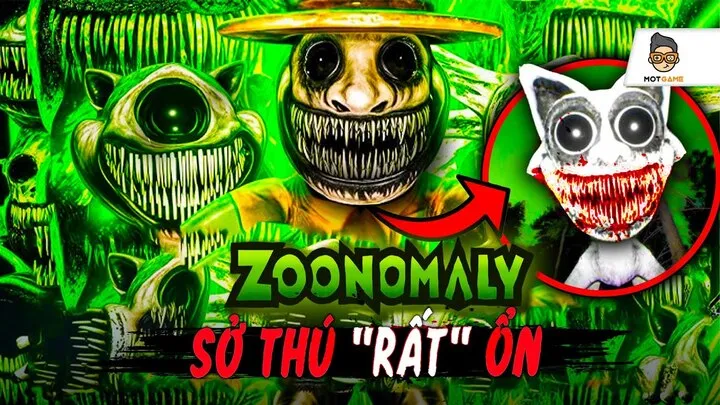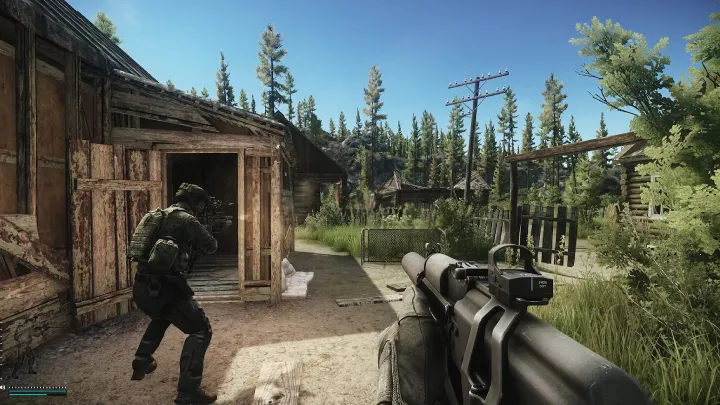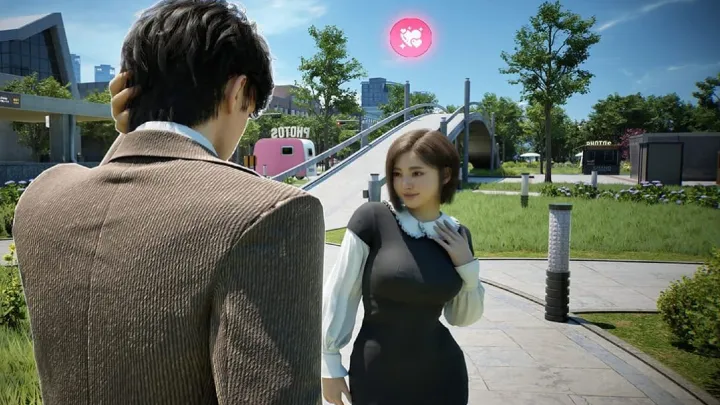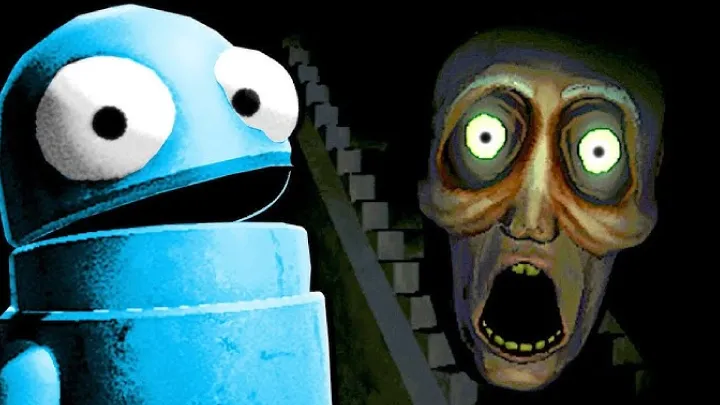Zoonomaly, released in 2024 by LIGHTS ARE OFF LLC, is more than just a survival horror game—it’s an evolving nightmare of space, mutation, and perception. Set in a once-thriving zoo overtaken by alien infestation, it transforms familiar enclosures into living nightmares. This article delves deeply into one specific dimension of the game: how its monsters embody a layered narrative of fear, control, and transformation.
Rather than offering tips or walkthroughs, this exploration examines how Zoonomaly turns monster design into a storytelling language—one that grows, mutates, and ultimately mirrors the player’s psychological descent.
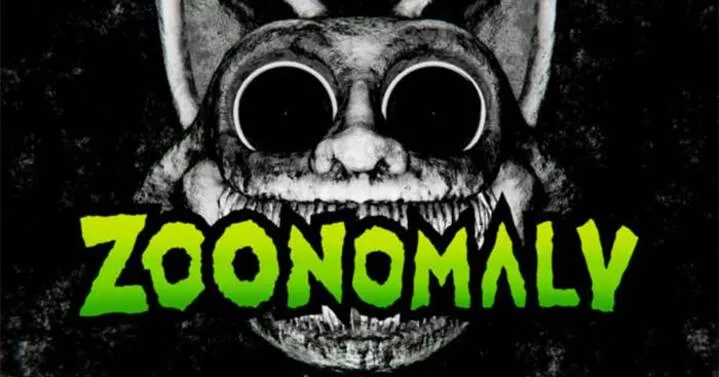
1. Awaken
The game begins deceptively softly. You step into a zoo—an environment associated with safety, education, and curiosity. But within minutes, the illusion collapses. The fences are broken, the exhibits are empty, and the air vibrates with wrongness. The familiar world has become uncanny.
The monsters here are not random horrors but twisted reflections of recognizable animals—monkeys with broken spines, bloated lizards, aquatic predators slamming against shattered glass. The horror stems from distortion, not invention. The creatures are familiar enough to disturb, yet wrong enough to terrify. It’s a perfect first act: fear born from the corruption of comfort.
2. Shards and Progression: The Structure of Discovery
At the core of Zoonomaly lies the shard mechanic. Every enclosure holds a key shard, locked behind puzzles that must be solved to progress. But the shard system isn’t just functional—it’s symbolic. Each fragment represents a deeper layer of the zoo’s infection and your descent into it.
As you gather more shards, the tone darkens. Early puzzles are mechanical; later ones are biological, pulsating, almost alive. The monsters guarding these shards become progressively stranger, forcing players to adapt not only in strategy but also in emotional endurance. The collection process becomes ritualistic, a cycle of fear, effort, and brief triumph before the next enclosure opens.
3. From Mutation to Infestation: When Biology Turns Cosmic
Midway through the game, the truth of the zoo’s corruption surfaces—it’s not a simple viral outbreak or failed experiment. It’s an alien infestation. The creatures are not just mutated animals; they’re hosts, their bodies rewritten by something beyond human comprehension.
This shift changes everything. The player’s relationship with fear transforms from survival against physical monsters to existential dread. What once had names—lion, shark, ape—becomes nameless. The monsters’ anatomy defies logic: limbs divide, eyes multiply, sounds distort. Zoonomaly abandons biology and embraces cosmic horror, forcing players to confront the incomprehensible.
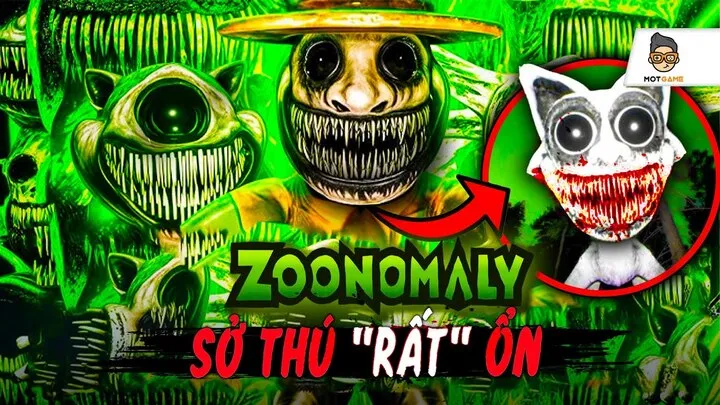
4. Architecture as Creature: The Zoo as a Living Entity
The zoo itself functions as a massive organism. Its enclosures, pathways, and observation decks evolve with each shard collected. Early areas are still structured—recognizable exhibits. But later ones twist into tunnels, echo chambers, and non-Euclidean paths. You’re no longer inside a zoo; you’re inside something breathing.
Each section mirrors its resident monster. The reptile zone is damp and oppressive, the aviary echoing with invisible wings, the aquarium section flooded in half-light and distortion. The environment begins to move, to react. In Zoonomaly, space is not background—it’s a predator.
5. The Bloom O’Bang and the Art of Sensing Fear
Your main tool, the Bloom O’Bang, isn’t a weapon in the traditional sense—it’s a hybrid device that repels and reveals. It exposes invisible monsters through shimmering auras, forcing players to “see” threats beyond vision. This mechanic redefines what it means to navigate fear.
When you rely on aura detection instead of sight, paranoia sets in. You’re never certain whether you’re safe or seconds from death. The Bloom O’Bang becomes both salvation and curse—its glow a fragile reassurance that horror exists just beyond perception. It’s a psychological shift: vision is no longer safety, and ignorance becomes terror.
6. The Monster Spectrum: A Gradual Unfolding of Terror
Across roughly twenty enclosures, Zoonomaly introduces an escalating bestiary—monkey aberrations, aquatic monstrosities, insectoid hybrids, colossal mammals, and spectral anomalies. Each represents a stage in the infestation’s evolution, from corrupted life to pure anomaly.
The order in which these monsters appear matters. Early encounters rely on recognizable anatomy, giving players a foothold in reality. But as the game progresses, that anchor dissolves. By the time you reach the late enclosures, the monsters are nearly abstract—creatures of sound, light, and energy. The player’s comprehension of the enemy degrades, mirroring the zoo’s unraveling.
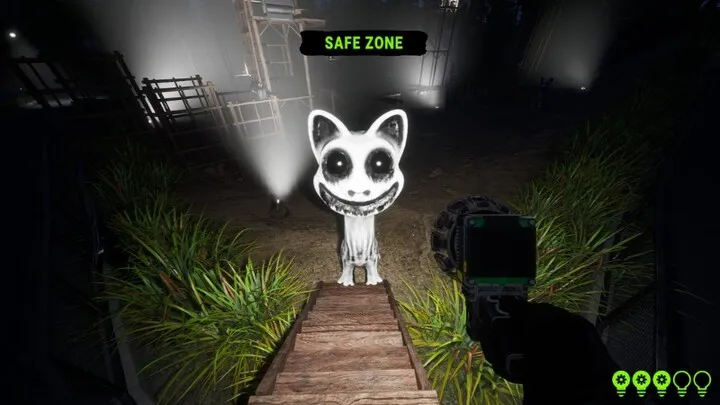
7. Lighting, Sound, and the Pulse of Dread
Fear in Zoonomaly doesn’t only come from monsters—it’s built through rhythm. The game’s use of sound and light manipulates tension with surgical precision. Low growls bleed through vents, distant footsteps echo too long, and flickering lights pulse like an arrhythmic heartbeat.
Each monster reveal follows a deliberate pattern: calm → sensory cue → silence → revelation → chaos. Over time, this rhythm becomes internalized. Even silence turns ominous, and every flicker triggers expectation. The game trains players to anticipate terror—then betrays that conditioning by subverting it in the final act.
8. The Vault: When All Monsters Become One
After gathering the final shard, the player descends into the Vault—the core of the anomaly. Here, Zoonomaly abandons the segmented enclosure model. All zones converge, their monsters fused into a singular, overwhelming entity. The boundaries between architecture and creature dissolve entirely.
The final monster is not an individual; it is the zoo itself. The cages, walls, and pathways you’ve explored were never containment—they were anatomy. You realize the zoo has been consuming itself, and you were its final subject. The horror of Zoonomaly peaks not in death, but in understanding: you were inside a living thing all along.
9. Themes of Control, Mutation, and Human Arrogance
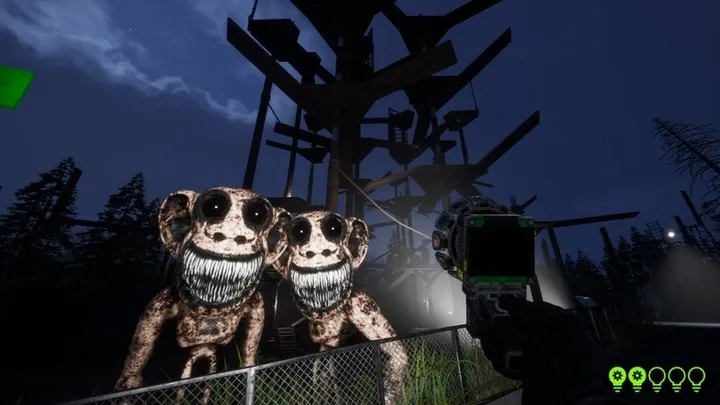
Beyond the scares, Zoonomaly is a study in human hubris. A zoo is a place built to confine nature, to observe and control it. But the game twists this symbolism—what happens when the captor becomes the captive? When the unnatural becomes dominant?
The monsters embody this reversal. Each twisted animal represents a failed attempt at mastery. The alien anomaly is the universe’s answer to our arrogance—a cosmic reminder that life cannot be neatly caged or studied without consequence. The invisible monsters aren’t just creatures; they’re metaphors for the limits of human perception.
10. The Af
Even after the credits roll, Zoonomaly doesn’t let go. The zoo stands in ruins, yet the infestation persists. The monsters are gone, but their presence lingers in the hum of the air, in the faint glow of leftover aura. The world feels permanently altered.
This lingering dread is intentional. Zoonomaly doesn’t end; it decays. Its narrative refuses to close because true horror doesn’t resolve—it haunts. The player walks away changed, still hearing echoes of the monsters that once were, still wondering if the anomaly ever truly left.
Conclusion
Zoonomaly redefines horror through evolution. Its monsters aren’t static enemies—they are reflections of transformation, of a world where control collapses and perception unravels. Every enclosure, every sound, every invisible shimmer builds toward one revelation: fear is not in what you see, but in what you understand too late.
By merging biological horror with cosmic mystery, the game blurs the boundary between predator and environment, between zoo and world. The result is an experience where the monsters are not just part of the story—they are the story. And long after the screen fades, their shapes remain, flickering in memory like ghosts of a world we thought we controlled.

